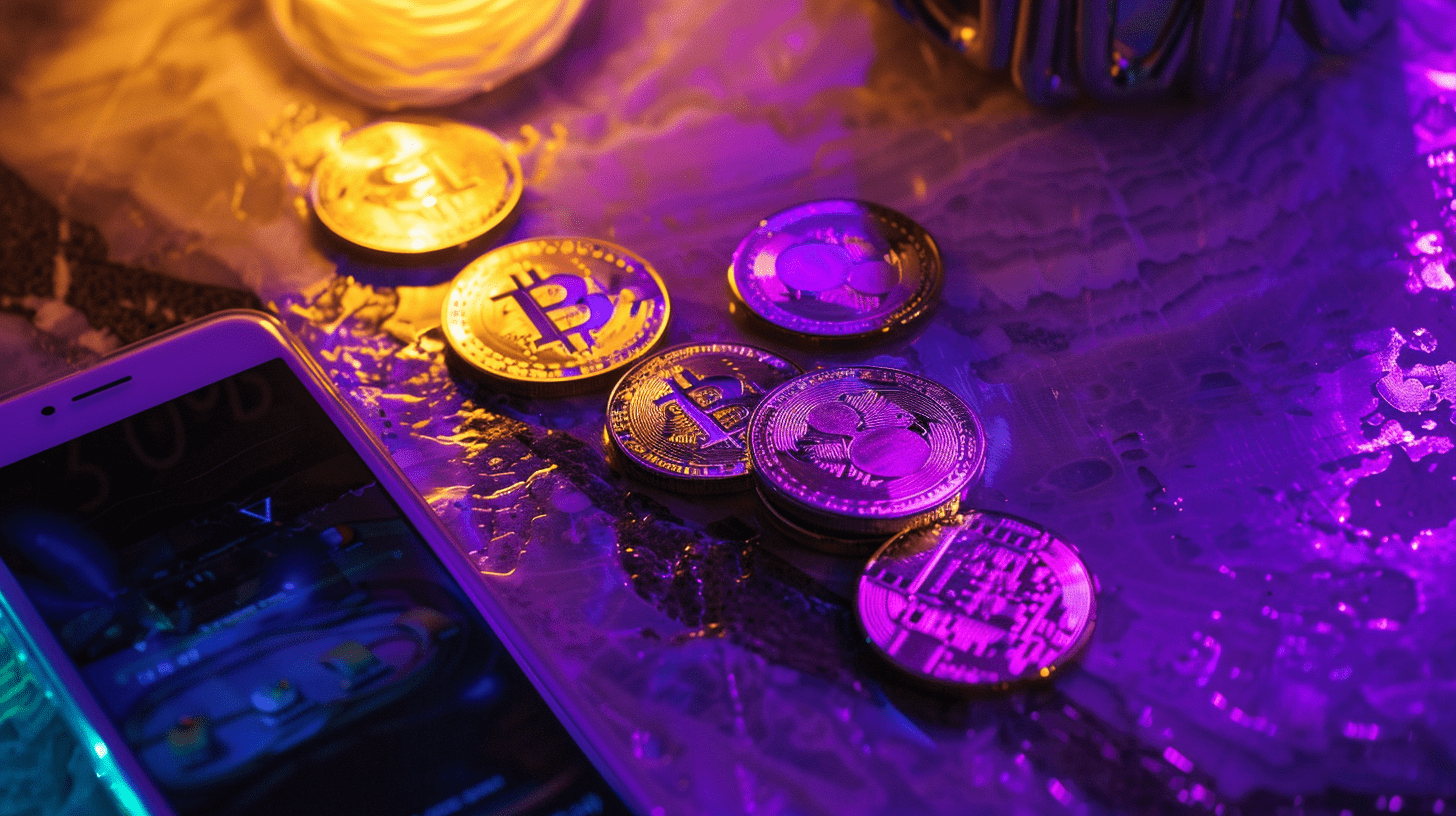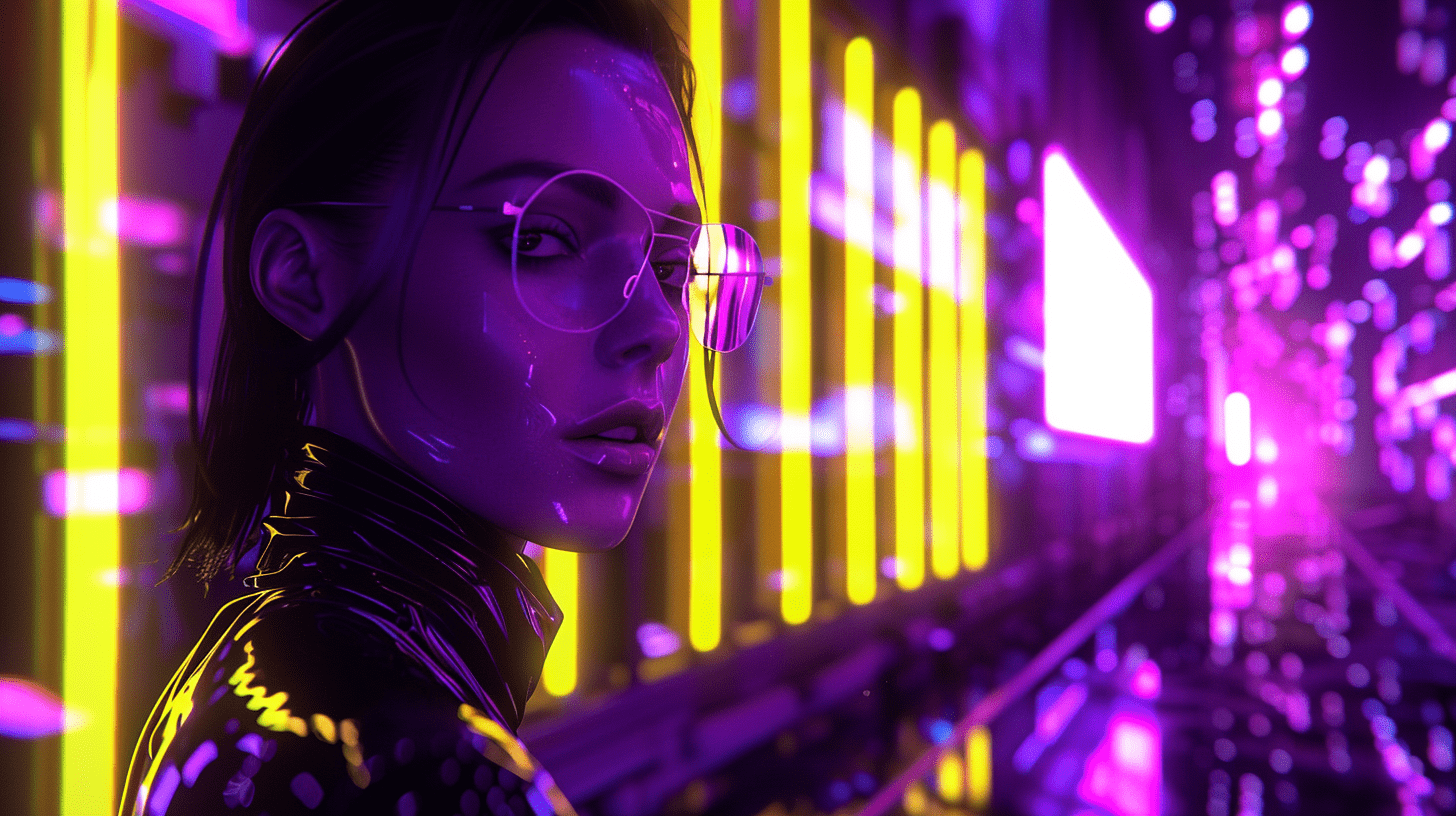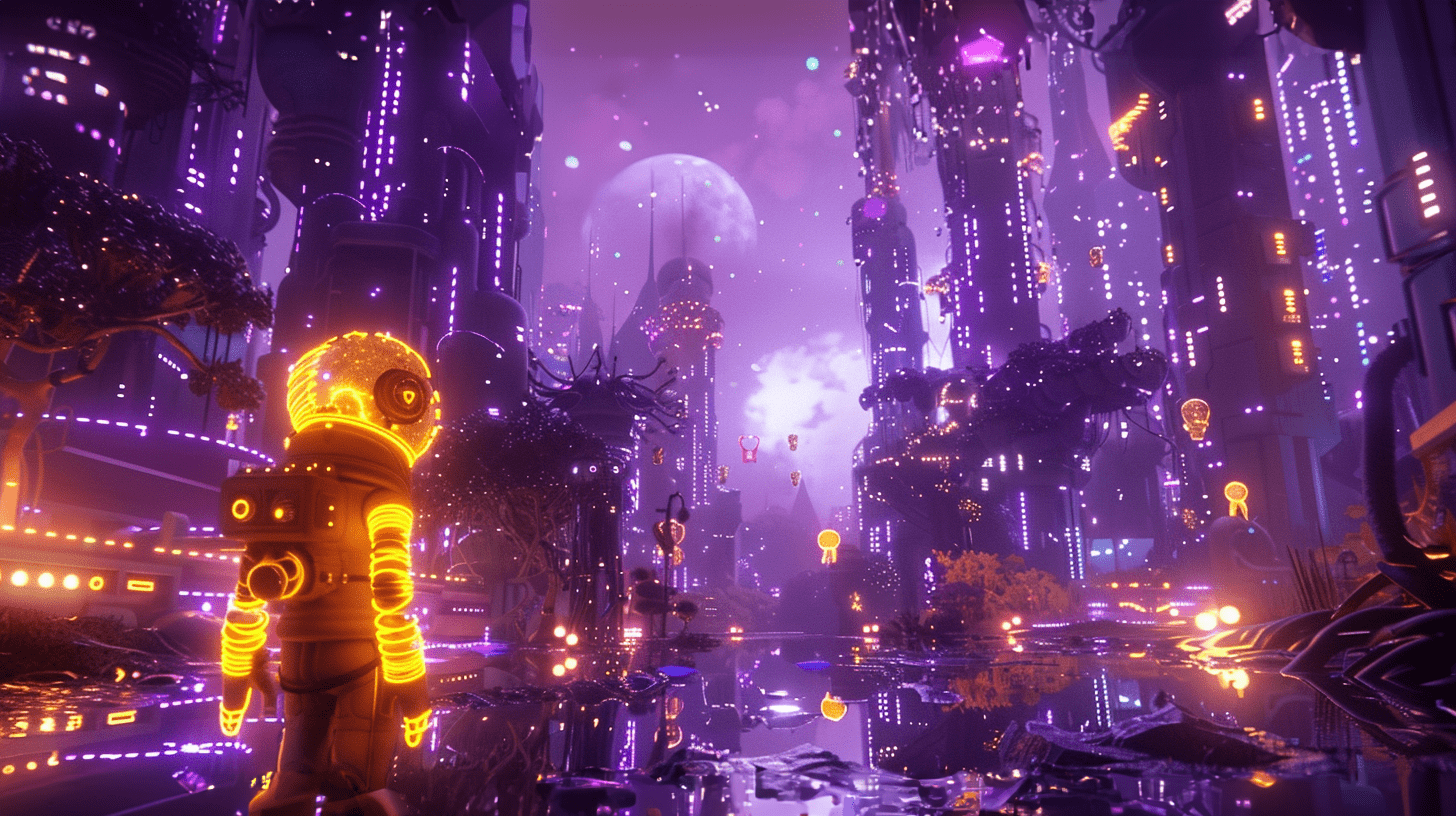Essential Crypto Terms Every Gamer Needs to Know in 2025

The crypto dictionary has over 200 key terms that modern gamers must know. The crypto world keeps changing, and players need to understand these terms as blockchain technology reshapes gaming. Players can now earn real money in this new ecosystem.
GameFi and play-to-earn (P2E) mechanics give players fresh ways to earn through their gameplay. NFT gaming assets prove the huge potential in this space. To cite an instance, see the Bored Ape Yacht Club collection's floor prices reaching $390,000.
This detailed piece will break down the crypto terms you need to know for gaming in 2025. You'll learn everything from simple blockchain concepts to DeFi mechanics in games. This guide will help you master this complex digital world with confidence. New crypto gamers and veterans alike will find this piece useful as a practical reference in the ever-changing world of blockchain gaming.

Fundamental Crypto Vocabulary for Gaming Platforms
Blockchain technology forms the foundations of all crypto gaming experiences and creates new opportunities for players to own their in-game assets. The gaming industry's evolution makes learning key crypto terms a vital part of navigating this digital world.
Blockchain Technology in Modern Games
Blockchain games are different from traditional gaming experiences because of their decentralized structure. Traditional games let companies control all data on centralized servers, but blockchain games store assets and data on distributed ledgers that are more resilient against shutdowns. Players can verify important information like limited-edition items through blockchain explorers, which makes the system more transparent.
The most important advantage is true ownership. Players who earn or purchase items in blockchain games actually own those assets instead of just licensing them from the developer. This ownership goes beyond single games and lets players use assets across multiple compatible games — a feature called "interoperability".
Cryptocurrency Wallets for Gamers
A cryptocurrency wallet starts your gaming trip — it's a secure digital container that holds your private keys and lets you interact with blockchain games. These wallets don't store your cryptocurrencies or NFTs directly. They store the access information for your assets that exist on the blockchain.
Gamers should know about two main wallet types:
- Custodial wallets: Third-party services manage your private keys, which makes things simple but less secure and controlled
- Non-custodial wallets: You control your private keys completely, which gives maximum security but requires careful key management
Popular gaming wallets like AlphaWallet support various games including Gods Unchained, CryptoKittens, and others. Players can preview their in-game assets right from their wallet interface.
Public vs. Private Keys: Securing Your Gaming Assets
Your gaming assets' security depends on understanding how public and private keys work together. Your public key works like your gaming wallet's address — you can share it with anyone who wants to send you assets. Your private key works like a password that gives complete access to your wallet and assets.
Your wallet uses your private key to create a digital signature that proves your ownership and intent when you send crypto or NFTs to another player. This signature becomes part of the transaction data sent to the network. Other players can check if this signature matches your public key without seeing your private key.
Note that anyone with your private key can access your gaming assets completely. Losing your private key means permanently losing access to everything in your wallet with no way to recover it.
Gas Fees and Transaction Costs in Gaming
Gas fees are one of the biggest challenges in blockchain gaming. Players pay these fees to cover the computing resources that process transactions and run smart contracts on the blockchain.
Players new to Web3 might find gas fees surprising because traditional games don't charge for basic actions like changing appearances or trading items. These fees can change rapidly based on network congestion.
High gas fees can make gameplay difficult, especially for small transactions. Fees can become expensive during high-demand periods and make games costly to play. Some blockchain games now use Layer 2 solutions like Polygon or Arbitrum that handle transactions off-chain, which reduces fees significantly.
Learning these simple crypto terms helps you discover the full potential of the blockchain gaming ecosystem.

NFT Gaming Assets and Terminology
NFTs have changed how we own digital assets in gaming. New crypto terms help us understand how these assets work in virtual environments. Players need to know these specialized terms to guide them through blockchain gaming in 2025.
ERC-721 vs. ERC-1155 Standards in Game Items
Two token standards power NFT gaming assets: ERC-721 and ERC-1155. The 2017 ERC-721 standard creates unique tokens where each has its own smart contract. This standard brought true digital ownership to life. CryptoKitties became one of its first uses, letting players own, breed, and trade digital cats.
The 2018 ERC-1155 standard brought major improvements. A single smart contract now manages multiple types of tokens. This cuts gas fees by up to 90% compared to ERC-721. Players can also move multiple assets in one transaction with batch transfers.
Game developers choose between these standards based on their needs:
ERC-721 benefits:
- Individual contracts for truly unique items
- Established ecosystem with broad marketplace support
- Ideal for high-value, one-of-a-kind collectibles
ERC-1155 advantages:
- Supports fungible, non-fungible, and semi-fungible tokens at once
- Security features return tokens sent to wrong addresses
- Great for games needing both currencies and unique items
NFT Minting Process for In-Game Collectibles
"Minting" creates new NFTs on the blockchain and proves ownership forever. This process turns game assets like characters, items, or virtual land into blockchain-verified NFTs. Players truly own these assets beyond the game's ecosystem.
Minting works by uploading the digital asset, adding metadata, setting royalties, and paying gas fees. The blockchain then records the asset's properties permanently.
Game developers use creative minting in several ways:
- Burn existing NFTs to mint new ones with better attributes
- Update metadata to show progression
- Create limited editions linked to achievements
Rarity Tiers and Metadata in Gaming NFTs
Rarity ranking determines how much gaming NFTs are worth and how collectors value them. Traditional games let developers control rarity. Blockchain games use verifiable on-chain scarcity to show how unique items are.
Metadata makes NFTs valuable and useful in games. This data shows:
- Basic information (name, description)
- Visual characteristics
- Functional attributes affecting gameplay
- Rarity indicators and statistics
Gaming NFT metadata carries gameplay attributes like strength, intelligence, or special abilities. These attributes affect how assets work in-game. Metadata also shows if players can craft or upgrade an asset.
Most NFT projects keep some metadata off-chain to save on gas costs. The blockchain still stores core ownership data securely. Developers can update gameplay features without paying extra fees when assets evolve.
Understanding these crypto terms helps players make smart choices about digital items in 2025's blockchain gaming world.

Play-to-Earn Mechanics and Crypto Dictionary
Play-to-earn (P2E) has brought money-making elements into gaming. Players need to learn a new crypto vocabulary to succeed. These economic systems have changed how we play games, turning fun activities into ways to earn money.
GameFi Tokenomics Explained
GameFi tokenomics shows how value moves through blockchain games. Many projects don't last because players focus on making money instead of having fun. Games need new players constantly to stay alive.
Games usually pick one of these economic models to work:
- Two-token model: Uses different tokens for gameplay and governance. Axie Infinity led the way with $SLP for gameplay and $AXS for governance.
- Single-token model: Makes things simpler by using one token for everything.
The best tokenomics support the gameplay without taking over. Token rewards can mess up what motivates players if they're not planned carefully.
Staking Mechanisms in Gaming Ecosystems
Players can lock their gaming tokens in smart contracts through staking to earn rewards. This helps both token holders and keeps the ecosystem stable.
Games use three main staking models:
- Utility staking: Gives players benefits in the game
- Inflationary staking: Makes new tokens as rewards
- Aligned staking: Gives rewards from fees and game activity
Staking makes tokens more useful by rewarding players. More players join in, which creates more trading and helps everyone.
Yield Farming Through Gameplay
Yield farming lets players earn passive income by putting digital assets into gaming protocols. Unlike regular yield farming, you earn by playing the game instead of providing liquidity.
This creates a unique way to earn money. Players can stake gaming tokens, use liquidity pools, or farm in-game NFTs to get steady returns.
Daily Quests and Token Emission Schedules
Daily quests give players new challenges and token rewards every day. These systems include:
- Tasks you must finish within 24 hours
- Bonus rewards for playing several days in a row (some games offer up to 4500 karma)
- Blockchain proof that shows you finished the task
Token emission schedules plan how new tokens enter the game. Games use different methods:
- Fixed schedules: Release tokens based on time
- KPI-driven emissions: Change rewards based on game performance
- Milestone-based: Give tokens when the project hits certain goals
Good emission schedules keep token values stable and help new players join. This affects how many players stay and how many new ones come in.

Metaverse Trading Terms and Marketplaces
Gaming metaverses need specialized marketplaces where players can trade. These platforms require knowledge of crypto terms and mechanics. Players need quick ways to exchange their digital assets as they collect them.
Decentralized Exchanges for Gaming Tokens
Players can trade gaming tokens directly with each other through decentralized exchanges (DEXs) without middlemen. DEXs work differently from regular exchanges. They use smart contracts that automatically handle trades based on set rules. The DEX market cap now reaches USD 18.90 Billion. This is a big deal as it means that these platforms have become a major force.
DEXs let you retain control of your assets while trading. They use automated market makers (AMMs) to set prices through algorithms based on liquidity pool ratios. New crypto traders can use easy-to-use platforms like Binance and Coinbase to trade gaming tokens.
Liquidity Pools for Game Assets
Liquidity pools are the foundations of metaverse trading. They act as token reservoirs where players add token pairs to make trading easier. Players usually match their game tokens with stablecoins like USDC to create stable on-chain liquidity.
Developers can earn good money from trading fees. To name just one example, a pool holding USD 750,000 of in-game items can make USD 1,750 weekly from the 0.35% trading fee. This creates steady income and lets players trade smoothly with each other.
Floor Price and Volume Metrics
The floor price shows the lowest cost of an NFT in a collection. Collectors use this as their entry point. This helps us learn about gaming collection values. The Sandbox Lands, a popular NFT gaming collection, has a market cap of 17,704,856 USD with a 141.99 USD floor price.
Volume metrics show how much trading happens. These numbers help players find markets where they can easily buy or sell assets. Floor price and volume together give a detailed picture of market health.
Slippage and Impermanent Loss in Gaming Markets
Slippage happens when actual trade prices differ from expected ones. Market swings and low liquidity cause this. Many gaming platforms let you set a maximum price difference to reduce its effects.
Impermanent loss is another risk you should know about. It occurs when asset prices in liquidity pools change compared to each other. You might get less value than if you had just held your assets. Some pools have lost more than 50% during rough market times. Many platforms now give Impermanent Loss Protection (ILP) to protect people who provide liquidity.

Security Concepts and Scam Prevention
Your digital assets' security is vital in the blockchain gaming ecosystem. Specific crypto terms about protection and threat awareness help safeguard your valuable in-game items from various threats.
Rug Pulls in Gaming Projects
Gaming project developers sometimes abandon their project after raising funds. These rug pulls leave players with worthless tokens. Scammers use several methods like liquidity pulls to withdraw all funds from pools. They also create fake projects with heavy marketing but zero substance. You can spot these warning signs to avoid scams:
- Anonymous development teams or lack of transparency
- Unrealistic promises of high returns or yields
- Heavy marketing with pressure to invest quickly
- Projects that appear overnight with unclear roadmaps
All the same, not all rug pulls break the law — this depends on local rules and whether they're hard rug pulls (planned scams) or soft rug pulls (gradual exits).
Smart Contract Audits for Game Safety
Security experts analyze a game's code to find vulnerabilities before deployment in smart contract audits. They use automated tools and manual checks by experienced security auditors. Even thoroughly audited contracts might have hidden flaws due to complex code and interactions with other contracts.
Perfect security doesn't exist, but audits reduce risks by a lot. High-stakes gaming projects need multiple audits plus automated testing. Regular reviews should happen whenever code changes to provide better protection.
Cold Storage Solutions for Valuable Gaming Assets
Cold storage keeps private keys completely offline, away from the internet. This "air-gapped" approach protects valuable gaming NFTs from online threats. Research shows about 20% of all crypto coins are lost to theft, bugs, or hardware issues. That's why cold storage is a vital security measure.
Hardware wallets and paper wallets are the two main cold storage options. Hardware wallets are physical devices that store private keys offline. Paper wallets are printed copies of private keys. Cold storage works best to protect valuable gaming assets you don't need daily.
Phishing Tactics Targeting Gamers
Gamers face unique phishing scams, especially approval phishing. These tricks get players to sign transactions that let scammers access their tokens. Players have lost about $1 billion to approval phishing scams since 2021.
Scammers also use fake wallet websites, malicious NFTs with dangerous links, and bogus social media accounts offering "exclusive" rewards. Check official channels to verify any gaming platform's authenticity. Never share your private keys with anyone.

Conclusion
Players need to grasp crypto terminology to succeed in modern gaming. This piece explores everything in gaming's future landscape — from simple blockchain basics to advanced trading mechanics that will reshape the scene in 2025.
Blockchain technology changes how players own and trade digital assets. NFT standards like ERC-721 and ERC-1155 let gamers truly own their in-game items. Play-to-earn systems have turned gaming from pure entertainment into a money-making opportunity. The long-term success depends on a solid understanding of tokenomics.
Security is the life-blood of successful crypto gaming. Smart contract audits and cold storage solutions protect valuable gaming assets from common scams. Players also need to understand market metrics and trading mechanisms to make smart decisions about buying or selling digital items.
This knowledge helps players jump confidently into blockchain gaming without falling into common traps. The crypto gaming ecosystem keeps changing. Players must stay updated with new developments and opportunities in this ever-changing space.
